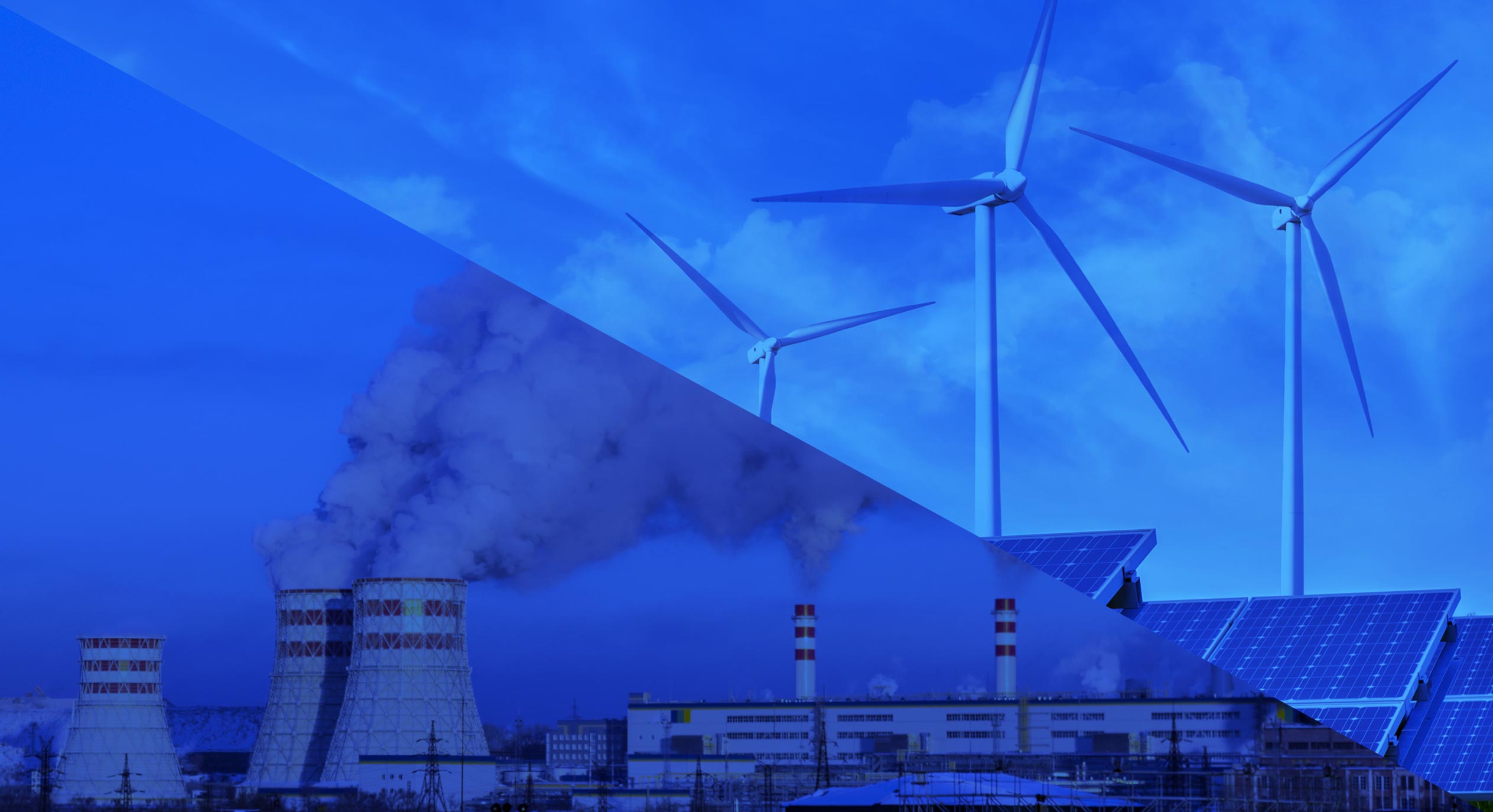
It’s almost a cliché these days to state that the energy landscape is changing. That change is a daily mantra repeated at all ends of the industry. But it’s not often that we take a moment to unpack these changes, specifically those that are affecting the role of thermal power, and that’s exactly what we’re going to do here.
The U. S. electric power market has begun its fundamental transformation at several fronts, most notably the real-time shift toward renewable energy sources (RES) and their impact on conventional power systems (CPS). Older thermal plants are forced not only to cope with but to learn new tricks to thrive in changing market. They must redefine their purpose from being a dispatchable baseload source to becoming an emergency response source to deliver reliable, flexible, efficient, and profitable energy. Only dispatchable thermal generation can maintain power system stability to supply reliable energy today, tomorrow, and for the next 20 years while the industry transition toward 100% clean energy future. It’s easier said than done!
A Look Under the Hood of the Power Sector
The U.S. electricity market is undergoing a significant disruption across its entire value-chain because shuttering coal plants have created capacity shortage in markets including ERCOT. Here are some of the changing dynamics:
- Gas-fired generation is considered a bridge to clean energy future but it’s struggling to remain a competitive and viable source of energy.
- RES is fundamentally changing how energy is generated and distributed.
- Distributed Energy Resources (DER) – solar generation, energy storage, EV chargers, micro-grid, and so on — are revolutionizing the power systems.
- Utilities have begun formulating strategies for grid modernization, DER compensation, customer adoption models, and host of relevant issues to prepare for clean energy future.
What is the new role of dispatchable thermal capacity during the transition period? What are the challenges and critical issues that must be solved to prepare the thermal plants for the new role?
The ‘Short’ & ‘Long’ of the Future of Gas
Natural gas is the new dominant fuel in the U.S. power sector largely due to historically low natural gas prices. Gas-fired generation has been called a bridge to a renewable future. In the near-term a combined cycle power plant with an F-class machine can operate in load-follow mode to firm renewable energy schedule and meet daily peak demand from 5pm to 9pm. So, the power plants with F-class machine must adopt to peaking and load following dispatch profile.
In the long-term, integrating energy storage with new and existing gas plants can allow gas generators to be turned down immediately, without impacting reliability, as well as enabling them to operate at optimal efficiency.
For example, a hybrid solution has been applied to two existing GE LM6000 peaker units at Southern California Edison’s (SCE) Norwalk site and Rancho Cucamonga site using Hybrid Electric Gas turbines (EGT®) developed by Wellhead Electric and General Electric. The advantages of such solutions include:
- Reliable stand-alone energy storage without needing to burn gas
- Immediate production power during grid emergencies. Over time, the modular energy storage capacity can be augmented, optimizing existing grid interconnection capacity to eventually use the underlying gas generator as an emergency backup resource.
A Future Without Coal?
There are economically viable opportunities for gas-fired generation to redefine its role, but unfortunately for coal-fired generation there are no such opportunities. Technically and economically, it is not feasible to convert a coal-fired plant from baseload profile to load-follow dispatch profile. According to Lazard’s most recent Levelized Cost of Energy Analysis, the unsubsidized, levelized cost of wind and utility-scale solar resources have dropped to $29 and $36/MWh, respectively, compared to $41/MWh (natural gas) and $60/MWh (coal). Coal has become the most expensive source of energy, so it can no longer serve as dispatchable emergency response resource hence offer no economic value to convert its baseload profile to load-follow dispatch profile.
Managing Gas’ Immediate Challenges
There are significant challenges that lie ahead for existing gas-fired power plants to prepare and adopt their new role, including:
- Economic viability
- Flexible operation
- Aging technology
- Workforce development / knowledge transfer
- Change management
Each of these challenges affect its economic viability and total asset performance to be a reliable source of energy to meet emergency response demand. Flexible operation consists of cyclic mode, fast loading ramp, low load operation, spinning reserve, and frequent load change. It has direct effect on total asset performance and plant economics. And flexible operation increases the total O&M costs due to higher fuel costs, increased number of thermal cycles affecting life cycle of hot gas path parts, and increased risk of operator errors. The net effect of flexible operation is increased electricity production costs and reduced generation revenue.
Operational changes require that aging technology be upgraded to adopt to a peaking and load follow dispatch profile. The drivers for capital expenditure must include optimize output, heat rate, and life-cycle GT maintenance costs. The justification analysis shall focus on long-term cash-flow and total plant profitability rather than energy margin.
Above all, key to successful transition to a new role is workforce development and concerted effort to implement a strong change management program. You must answer the following key questions;
- What is your overall strategy to prepare your gas-fired plant to adopt to its new role?
- How would it affect your people, processes, and culture at plant and corporate levels?
The power industry is fundamentally transforming at several fronts to reach a 100% clean energy future. Alongside it, the role of combined cycle gas-fired plants is changing, which requires strategic changes to its overall place in the energy mix to remain competitive and profitable.
ST Power Services has worked with several owners to enhance the performance of their on-site power plants, improve overall efficiency, upgrade outdated control systems, increase reliability and reduce O&M costs. In other words, we help you prepare for the future. To learn how we can help your bottom line, reach out today.

